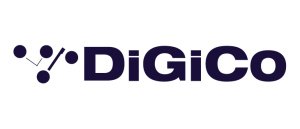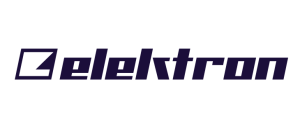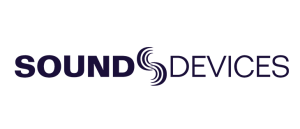Audio Systems Australia (ASA) have been specialising in live music broadcasting since their formal inception in 1992. Head of Sound Randy Fransz, leads ASA managing a varied, high profile range of clientele. Their primary client is Australia’s Seven Network for which ASA handles broadcast audio for their ‘Sunrise’ and ‘The Morning Show’ programs.
ASA has recently upgraded to a DiGiCo SD9 and SD11 in order to meet the growing demands of their premier clients. Randy was kind enough to share his thoughts and feelings behind the investment.
“The team at Seven usually consists of Ivan Ordenes of Dubology Studios and myself. When we do an outside broadcast we use Ivan’s DUBMOBILE mobile recording truck which is fitted out with a DiGiCo DS-00. When Ivan’s truck isn’t available I’ll use his D5 Live console. Having used these consoles regularly for some time without any issue, going DiGiCo for the upgrade was really a simple choice.”
Randy wasn’t short of reasons regarding his decision in choosing the SD Series either.
“Size and flexibility were among some of my reasons. Having all that processing power in such a small device was another. The quiet and very transparent mic pre’s as well as ADA was also a winning factor. But it was the bang for buck that made it a no brainer.”
Both consoles were put to work immediately at Network Seven where they have been performing tirelessly in a typically demanding live broadcast environment.
“Both consoles are, more or less, permanently installed at the Martin Place studios. The SD9 is used as the broadcast console while the SD11 is mounted in a rack on the studio floor for monitors. Having said that, we do take the consoles out from time to time. We just took the SD11 out for Justin Bieber’s performance on Sunrise at the Overseas passenger terminal in Sydney.”

Randy Fransz with his DiGiCo SD9 setup
Randy shed some light on how the consoles are usually configured also.
“We are running the 2 consoles on separate D-Racks to give us more local outputs. The SD11 (monitors) has a D-Rack with the extra 8 line outputs giving Ivan a total of 24 outputs. 16 are used for IEM and 8 are used for floor monitors (wedges). The SD9 also has its own local D-Rack giving me a total of 16 outputs which are routed to different parts of the studio. As the SD9 is used for broadcast I needed more than the 2 AES i/o on the console, therefore the second CAT6 connector on the console is routed to a DiGiCo little red box which converts it to MADI. That is routed to an RME ADI 6432 which handles all the AES ins and outs. The MADI port on the console will be used for multi-track recording and playback when the eagerly awaited UB-MADI arrives. The offline editor works great on my PC tablet and it enables me to do line checks by myself.”
Randy also had a bit to say regarding the design behind the SD Series in general.
“Both console designs are very practical and intuitive. The layout makes sense and the learning curve is minimal. It still has a lot of features that I have yet to use, but hopefully it will be we will see a surround package for it soon.”
Having been a live engineer in his former life, Randy can appreciate the flexibility of DiGiCo’s design philosophy.
“I wish these consoles where around when I was still out there doing live gigs. It would have saved my and countless other crew members backs. All that gear in one small package. It sounds so good and it’s flexible enough to tackle big live bands, corporate shows or broadcast.”
Randy has even found that some of his clients are in disbelief at times when it comes to hearing the output from the console.
“General feedback has been great. I get messages send to me asking if the act is miming when they are not. The sound is probably one of the main reasons I chose DiGiCo. The SD9 and SD11 have made my job fun again. I am no longer trying to make a console sound good, I don’t have to.”
“I would like to thank Ivan from Dubology Studio’s and Drew from Group Technologies for making my switch to DIGICO an easy decision.”

A smiley Randy with his rack mounted DiGiCo SD11








































